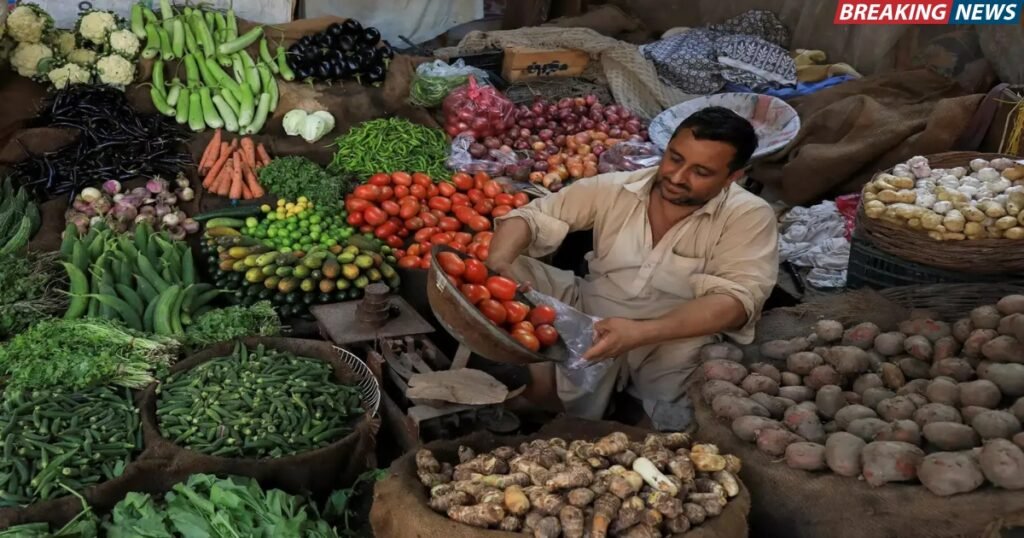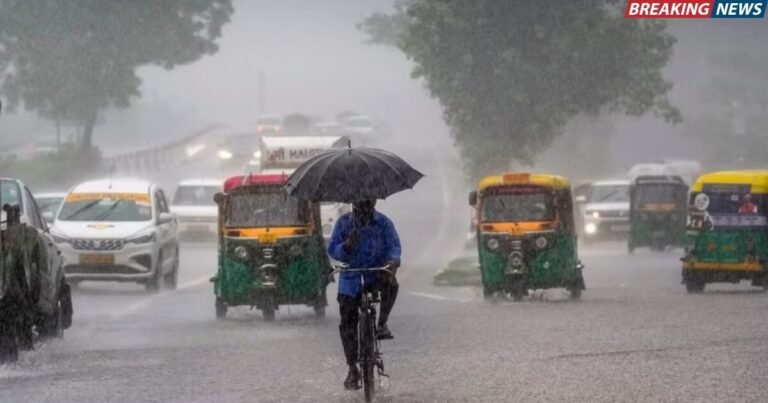
Agricultural activities in India largely depend on monsoon rains, yet the country is facing another bout of erratic rainfall in 2025. As per the paper in the Reserve Bank of India Bulletin published on May 21, increased rainfall and temperature lead to an average increase of 1.24 to 1.3 percentage points in vegetable CPI, respectively. The unpredictable weather pattern is not only wreaking havoc on crops but also severely impacting the transportation of agricultural goods.
The large fruit-trading states of India like Maharashtra, Karnataka, Uttar Pradesh, etc., are already affected by heavy downpours. Similarly, the large crops trader states that places like West Bengal, Bihar, Odisha, etc., are also affected equally, leading to crop decay and issues in transportation. The heavy rainfall and change in temperature are posing a potential inflationary challenge and affecting household budgets, especially for low- and middle-income families.
How Rainfall is Affecting Vegetable Inflation?
Vegetables are perishable commodities and are highly sensitive to weather fluctuations. Consistent rainfalls are necessary for proper growth of crops, while heavy and sudden downpours can lead to waterlogging, root rot, and more. The excessive moisture at harvest time also reduces yields and the quality of crops.
When the crops rot due to heavy rainfall, the quantity gradually decreases, which affects the rate of the vegetables and fruits. Additionally, the poor road infrastructure combined with flooded highways delays supply chains, leading to wastage and price surges. Therefore, heavy or sudden downpours have a direct effect on vegetable inflation.
Let us take some of the examples of states and their most growing vegetables and how the price can estimate due to rainfall.
| Vegetable | Major Producing State(s) | Estimated Price Rise |
| Tomato | Maharashtra, Karnataka | 10-15% |
| Onion | Maharashtra | 5-8% |
| Brinjal | West Bengal, Andhra Pradesh | 7-9% |
| Spinach | Uttar Pradesh, Tamil Nadu | 8-10% |
As per the table, we can see and set the idea of how the price of vegetables can surge during the upcoming days. In Pune and Mumbai, the prices of tomatoes have already increased from ₹20/kg to ₹28–30/kg in local markets. The surge in vegetable prices is expected to intensify if the rainfall pattern continues through June.
Transport Disruption Worsening the Situation
Transportation is crucial in the agricultural value chain. During the heavy rains, rural roads become impassable. As per the National Highways Authority of India (NHAI), nearly 12% of rural transport routes in rain-affected regions have been partially or fully blocked in the past two weeks.
The issues in roadways due to heavy downpour lead to problems like supply chain delay, higher transport costs, and more. These problems affect the economic aspects of the country and the surging crop rates.
Can a Surge in Crop Rates Lead to Economical Strains?
Remember that vegetables are one of the key components of the Consumer Price Index (CPI). Therefore, a modest increase can also push food inflation upward, eroding the purchasing power of consumers, mainly for lower- and middle-class families. The surge in vegetable prices also reduces overall consumption, slowing down demand-driven sectors like retail and hospitality.
Persistency in the food inflation can also prompt the Reserve Bank of India (RBI) to adopt tighter monetary policies, potentially leading to higher interest rates and affecting credit growth. Certainly the issue leading to losses to farmers due to crop damage reduces rural income—a major driver of the Indian economy.
End Note
Unpredictable or sudden rainfall has become one of the recurrent problems for India’s overall agriculture sector—especially for perishable crops like vegetables. Due to the climb in vegetable prices due to damaged crops and disrupted logistics, the average Indian consumer faces higher food bills. Whereas the decay in crops is creating issues for farmers and leading to huge losses. The country is required to have a long-term strategy focused on infrastructure, crop insurance, and climate-resilient farming. Therefore, systematic improvements can pull out huge change in economic disruption caused by rainfall during monsoon.



